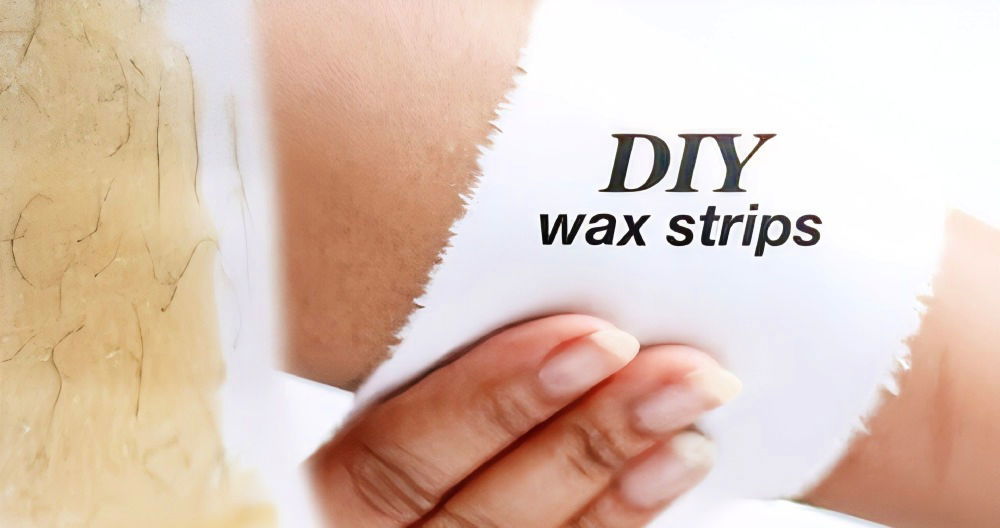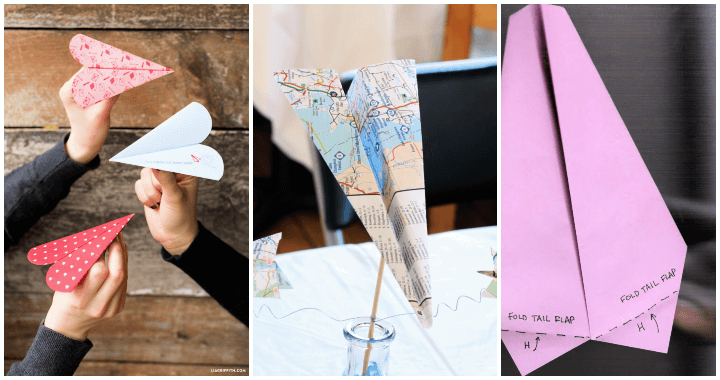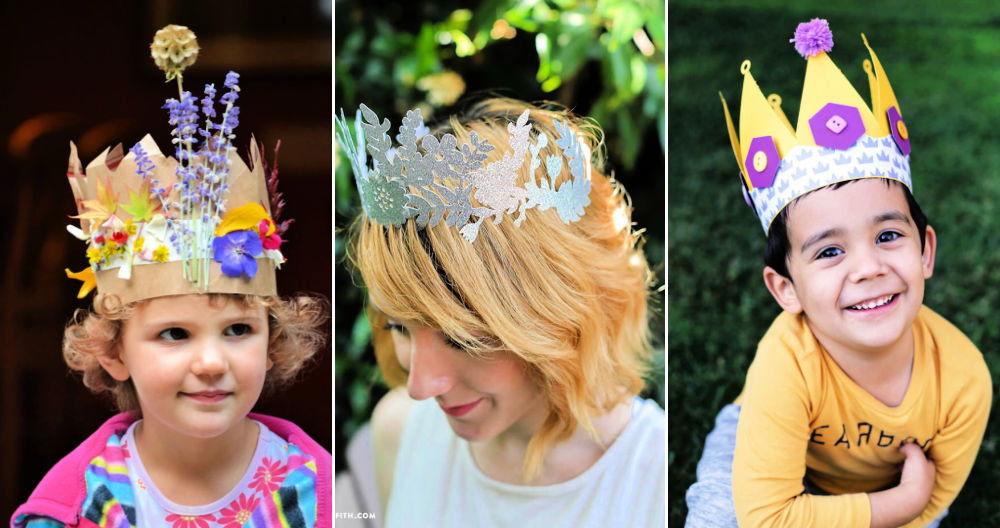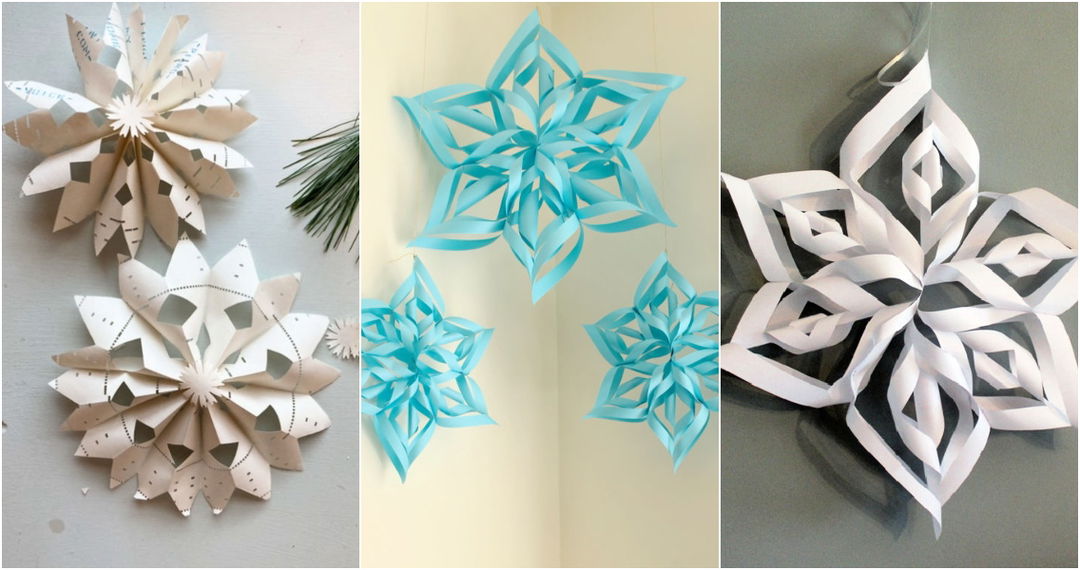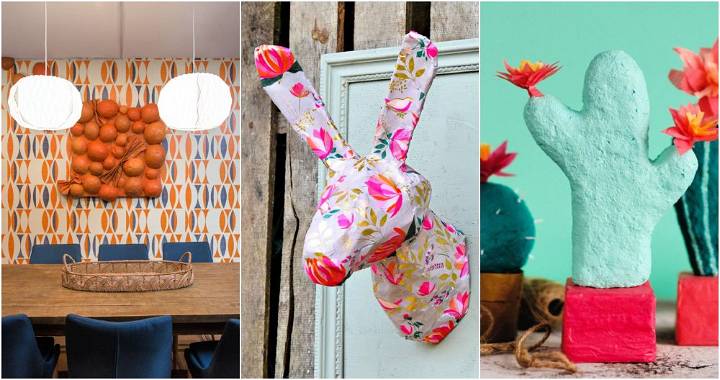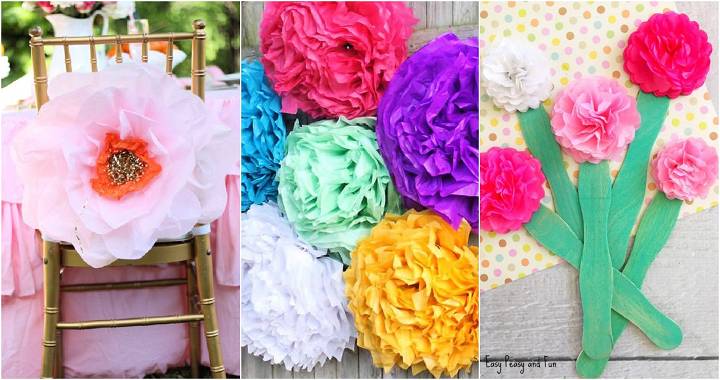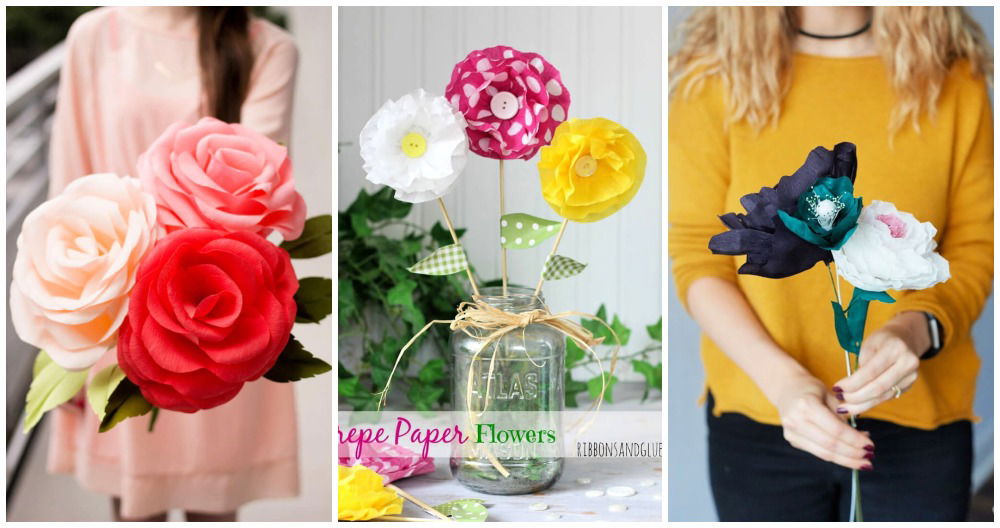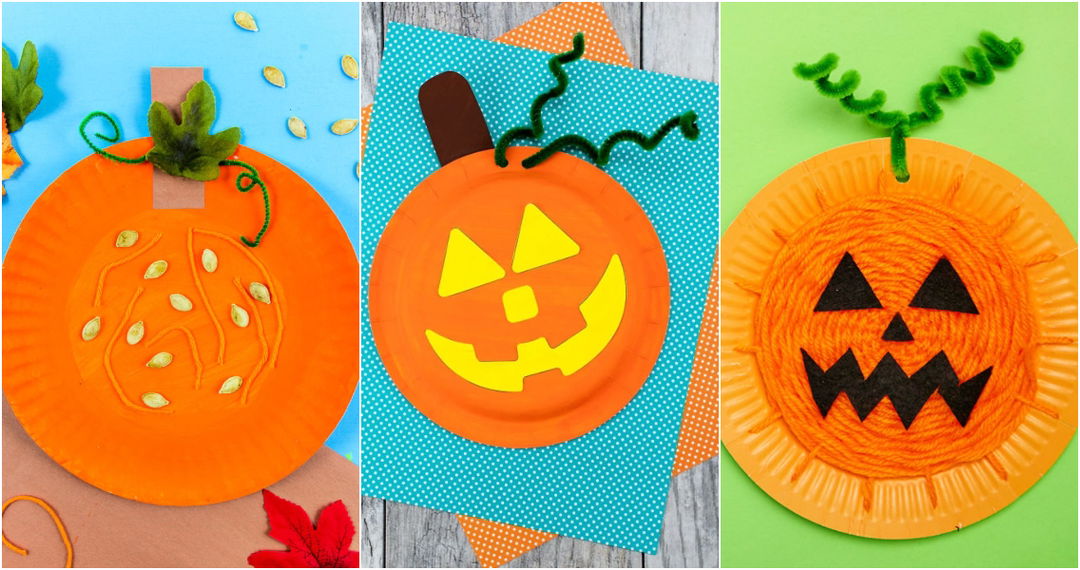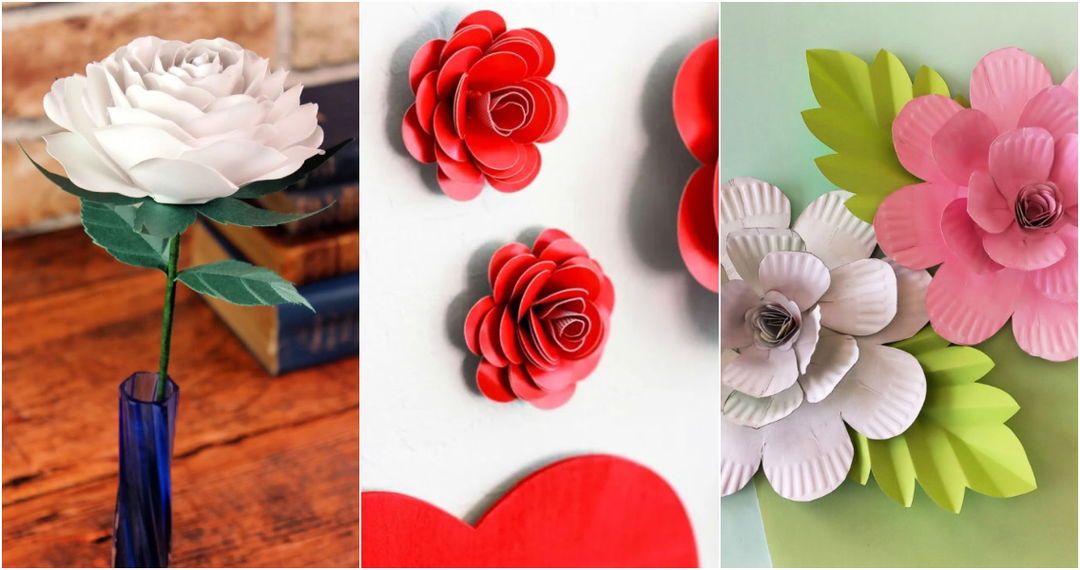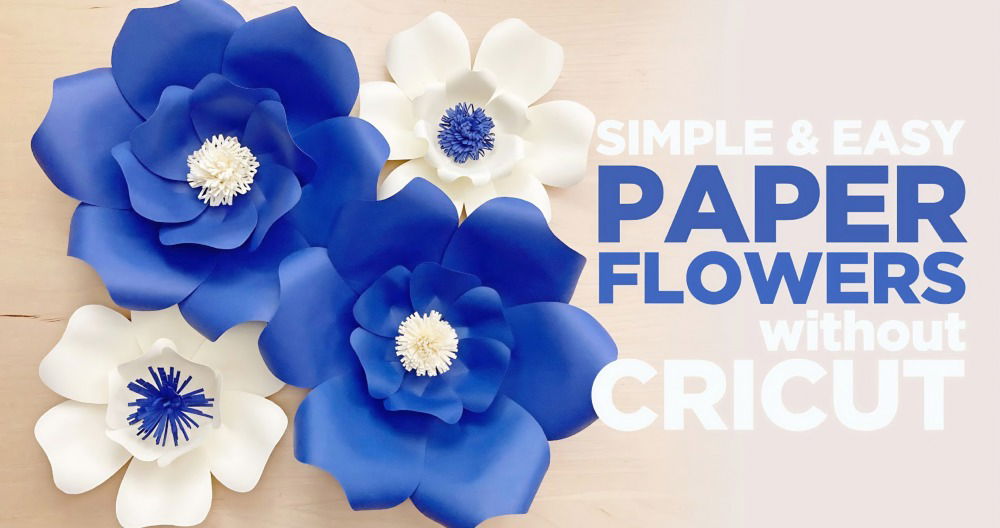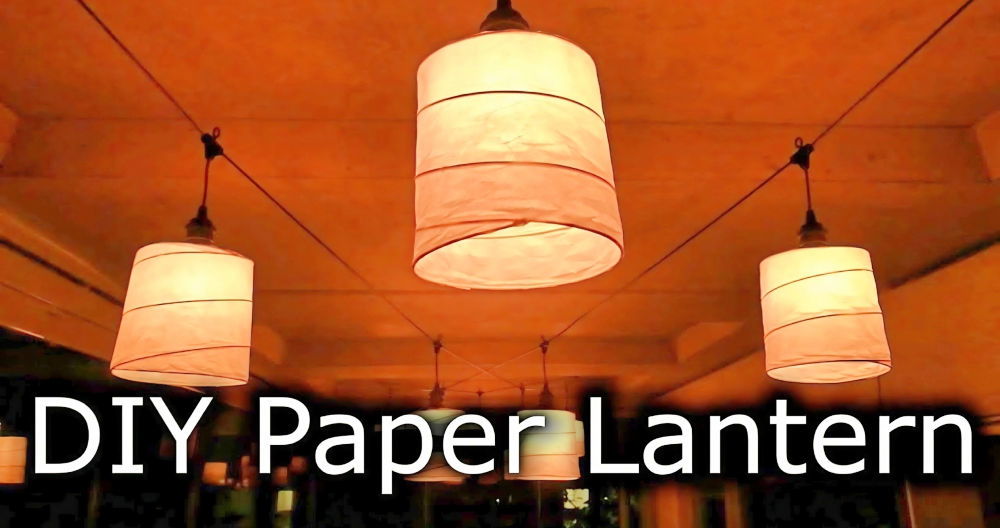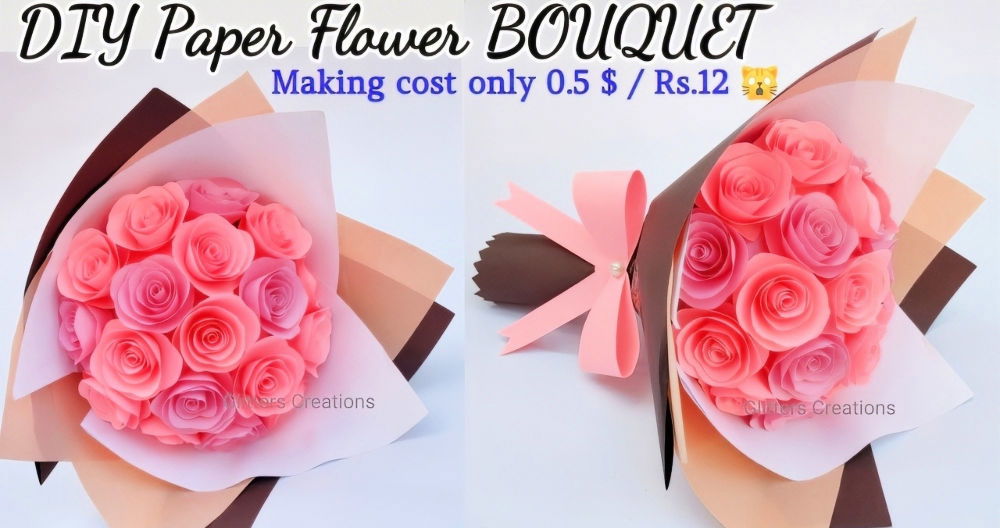There's something incredibly satisfying about making your own DIY reusable paper towels. Not only do they help reduce waste, but they also save money and add a personal touch to your kitchen. My journey started when I realized just how many paper towels I was going through every week. Inspired by a friend's advice, I decided to take a step toward a more sustainable lifestyle.
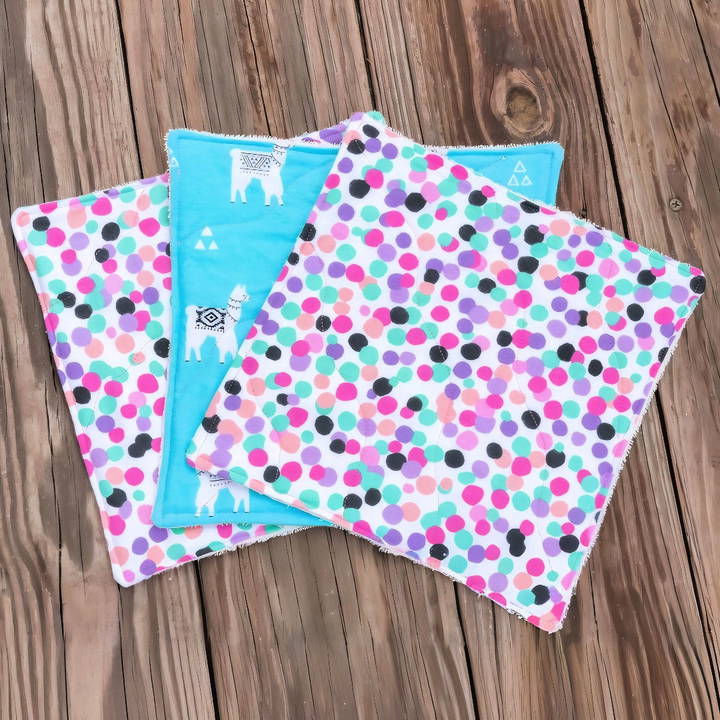
This decision led me to make my own "unpaper towels," and today, I'm excited to share a detailed guide with you.
Gather Your Materials
Before diving into the process, it's essential to get all your materials ready. Each item plays a specific role in ensuring your unpaper towels are both functional and durable.
Terry Cloth and Flannel
Terry cloth is prized for its absorbency, making it ideal for cleaning spills and messes. Flannel, on the other hand, is soft, giving your towels a pleasant feel. This material combination ensures your unpaper towels are both effective in cleaning and comfortable to handle.
Pins
Pins are crucial for holding the fabric pieces together while sewing. They ensure that the pieces remain aligned, resulting in cleaner and more precise stitching.
Sewing Machine and Thread
A sewing machine provides the speed and precision needed for sewing fabric neatly. The thread, chosen to match or complement your fabrics, will hold the unpaper towels together securely.
Fabric Scissors
Fabric scissors are specifically designed to cut fabric smoothly, preventing fraying and ensuring clean edges.
Optional: Knitting Needle or Similar Tool
This tool helps in poking out the corners of the fabric, giving your towels a nice, sharp corner finish.
Step by Step Instructions
Learn how to make DIY reusable paper towels with our step-by-step instructions. Follow our guide to make eco-friendly and personalized towels easily.
Step 1: Preparing the Fabric
Start by cutting the terry cloth and flannel into equal squares, about 10 inches by 10 inches. This size strikes a balance between handiness and functionality, making it easy to store while providing enough surface area for cleaning tasks.
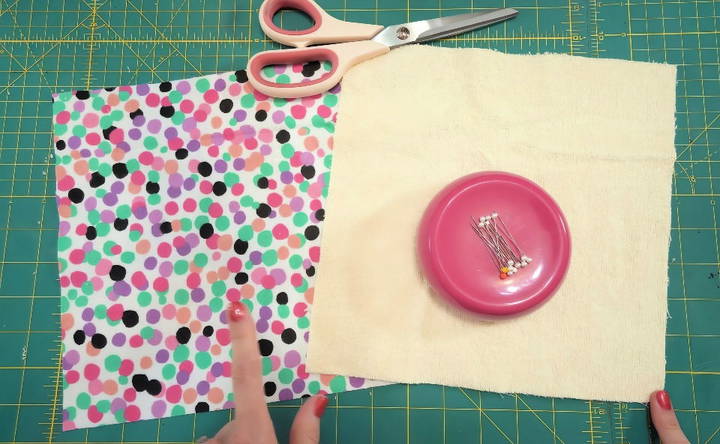
Step 2: Aligning the Fabrics
With the cut pieces ready, place the terry cloth and flannel with their right sides facing each other. This means the "pretty" side of the flannel is touching the terry cloth. This alignment is essential because, once sewn and flipped, the outer sides will be seen and used.
Step 3: Pin the Fabric
Carefully pin the fabric pieces together along the edges. Ensure you leave a small section open, roughly four inches wide. This opening will later allow you to turn the fabric inside out, revealing the right sides.
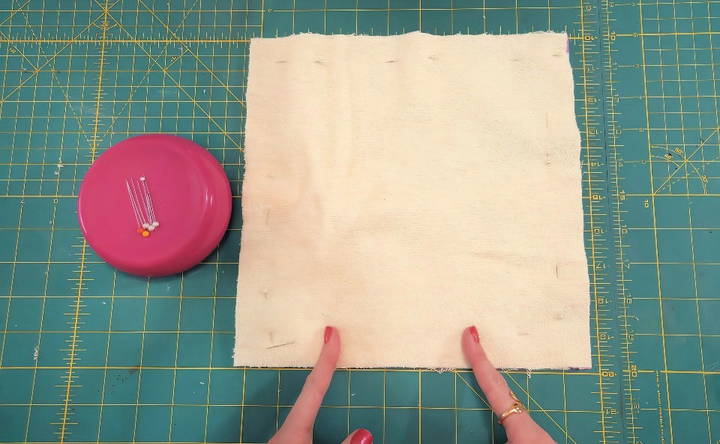
Step 4: Sew Along the Edges
Take the pinned fabric to the sewing machine. Sew around the edges with a 1/4 inch seam allowance, being careful to avoid the marked opening. This seam allowance is crucial as it provides structure without significantly decreasing the towel's size.
Step 5: Trim the Corners
After sewing, trim the corners of the fabric slightly. This step helps ensure cleaner, crisper corners when you turn the fabric right-side out.
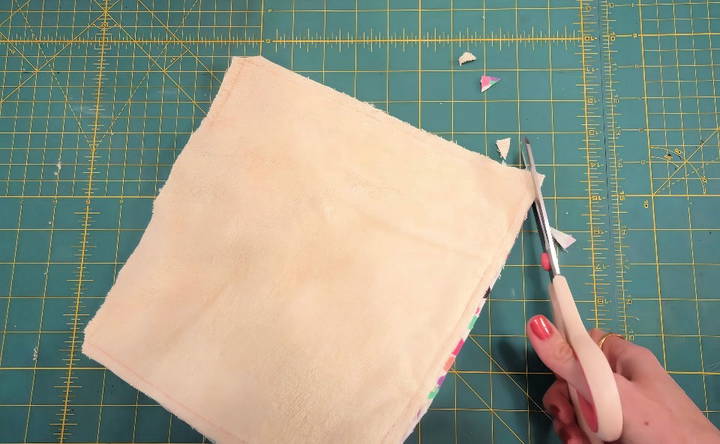
Step 6: Turning the Fabric
Gently pull the fabric through the opening to turn it right side out. A knitting needle or similar tool can be handy here to push out each corner, ensuring they are sharp and well-defined.
Step 7: Closing the Opening
Once the fabric is right side out, you'll need to close the small opening. Fold the raw edges inside, pin them securely, and sew a neat finishing seam to seal it off. This seam not only closes the opening but also adds a finishing touch to your unpaper towel.
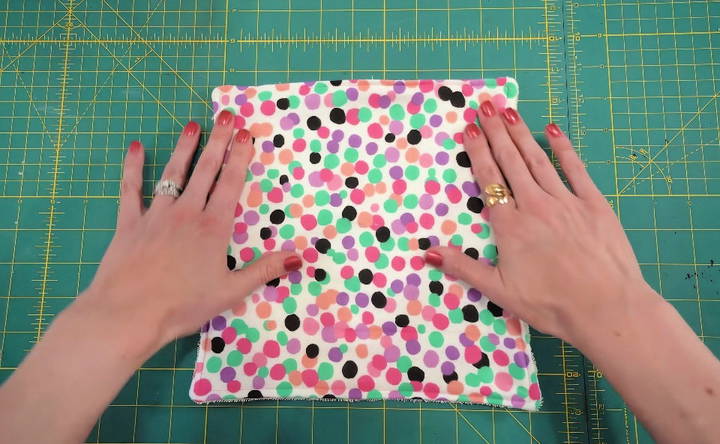
Step 8: Optional Stabilization
If you'd like your towels to stay intact after multiple washes and uses, consider adding a few stitches randomly across the surface. This extra step helps stabilize the fabric layers, preventing them from shifting in the wash.
Personalizing Your Towels
This basic method makes functional towels, but feel free to get creative. You can customize them further:
- Add Patterns: Sewing creative patterns or designs can make each towel unique.
- Incorporate Embellishments: Patches or appliques can infuse a bit of your personality into these practical items.
Customizations
Customizing your DIY reusable paper towels can make them more functional and fun. Here are some easy and creative ways to personalize your towels:
Personalization
- Embroidery: Add a personal touch by embroidering initials, names, or simple designs. This not only makes your towels unique but also helps identify which towel belongs to whom in a household.
- Fabric Paint: Use fabric paint to make patterns or designs. You can stencil shapes, draw freehand, or even let kids get involved with handprints. Make sure to use non-toxic, washable fabric paint for safety and durability.
Different Sizes and Shapes
- Various Sizes: Customize the size of your towels based on their intended use. For example, make smaller towels for quick clean-ups and larger ones for bigger messes. Standard sizes are around 10x10 inches for small towels and 12x12 inches for larger ones.
- Unique Shapes: Experiment with different shapes like circles, ovals, or even fun shapes like stars or hearts. This can make cleaning more enjoyable, especially for kids.
Edging Options
- Serged Edges: If you have a serger, use it to finish the edges of your towels. This gives a professional look and prevents fraying.
- Bias Tape: Sew bias tape around the edges for a colorful and durable finish. This method is great for adding a pop of color and extra strength to the edges.
- No-Sew Edges: If you prefer not to sew, use pinking shears to cut the fabric. The zigzag edge helps reduce fraying and gives a neat finish.
Adding Layers
- Double Layers: For extra absorbency, sew two layers of fabric together. This is especially useful for heavy-duty cleaning tasks.
- Quilted Layers: Make a quilted effect by sewing multiple layers together with a simple stitch pattern. This not only adds thickness but also makes the towels more durable.
Fastening Options
- Snaps: Add snaps to the corners of your towels so they can be fastened together and rolled up like traditional paper towels. This makes storage easy and keeps your towels organized.
- Velcro: Use Velcro strips to attach towels to each other or to a holder. This is a quick and easy way to keep your towels in place.
Color Coding
- Different Colors: Use different colored fabrics for different tasks. For example, designate one color for kitchen use and another for bathroom cleaning. This helps prevent cross-contamination and keeps things organized.
- Patterns: Choose fabrics with different patterns for specific uses. For instance, use floral patterns for kitchen towels and geometric patterns for bathroom towels.
Customize your DIY reusable paper towels to boost their practicality and add a personal touch to cleaning.
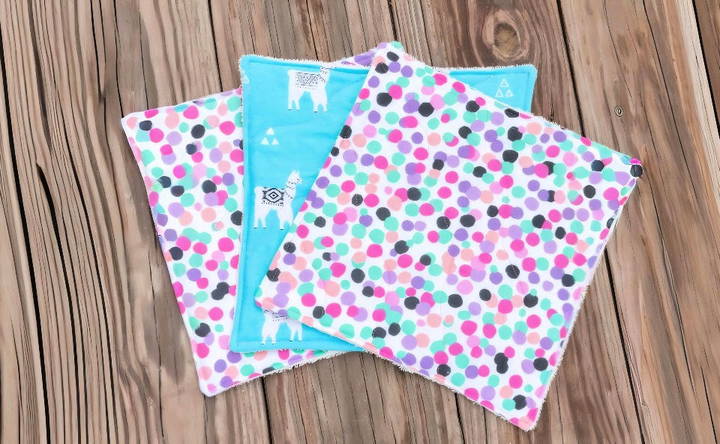
Creative Storage Solutions
Storing your DIY reusable paper towels in a practical and attractive way can make them more convenient to use and keep your space tidy. Here are some creative storage solutions:
Roll-Up Towels
- Traditional Paper Towel Holder: Roll your reusable towels and place them on a traditional paper towel holder. This keeps them easily accessible and mimics the look of disposable paper towels. You can sew snaps or Velcro on the edges to keep them rolled up neatly.
- Hanging Rod: Install a rod or tension bar in your kitchen or bathroom. Hang the towels using hooks or clothespins. This method saves counter space and allows the towels to dry between uses.
Storage Containers
- Jars and Canisters: Use large glass jars or canisters to store your folded towels. This not only keeps them organized but also adds a decorative touch to your kitchen or bathroom. Clear containers make it easy to see when you need to wash more towels.
- Baskets: Place your towels in a wicker or wire basket. Baskets can be kept on countertops, shelves, or under the sink. Choose a basket that matches your decor for a cohesive look.
Drawer Storage
- Drawer Dividers: Use dividers to organize your towels in a drawer. This keeps them neatly folded and easy to grab. You can dedicate a specific drawer in your kitchen or bathroom for this purpose.
- Pull-Out Drawers: Install pull-out drawers or trays in your cabinets. These make it easy to access your towels without rummaging through a pile. They are especially useful in small kitchens or bathrooms with limited counter space.
Wall-Mounted Solutions
- Wall Baskets: Mount wire baskets on the wall to store your towels. This keeps them off the counter and within easy reach. Wall baskets are great for small spaces and add a rustic touch to your decor.
- Pegboards: Use a pegboard to hang your towels. You can customize the layout with hooks and shelves to fit your needs. Pegboards are versatile and can be painted to match your decor.
Portable Options
- Caddies: Use a portable caddy to store your towels. This is especially useful if you use them in multiple rooms. A caddy with compartments can hold towels, cleaning supplies, and other essentials.
- Tote Bags: Store your towels in a fabric tote bag. Hang the bag on a hook or doorknob for easy access. Tote bags are a simple and flexible storage solution.
Creative Displays
- Decorative Ladders: Lean a decorative ladder against the wall and drape your towels over the rungs. This adds a stylish element to your space and keeps towels within reach.
- Shelving Units: Install open shelves to display your towels. Fold them neatly and stack them on the shelves. This keeps them organized and adds a decorative touch to your room.
Organize and access your DIY reusable paper towels with creative storage solutions that add a personal touch to your decor.
FAQs About DIY Reusable Paper Towels
Discover everything you need about DIY reusable paper towels, from benefits to materials and care, in our comprehensive FAQs guide.
Wash regularly: Wash your reusable paper towels after each use to prevent bacteria growth.
Hot water wash: Use hot water to effectively clean and sanitize the towels.
Dry thoroughly: Make sure the towels are completely dry before storing them to avoid mildew.
Avoid fabric softener: Fabric softener can reduce the absorbency of the towels.
Reduce waste: Reusable paper towels help reduce paper waste and landfill contributions.
Save money: You'll save money in the long run by not having to buy disposable paper towels.
Environmentally friendly: Making your own reusable paper towels is a sustainable choice.
Customize: You can customize the size, fabric, and patterns to match your preferences.
Roll and snap: Sew snaps or buttons onto the towels to make a roll that can be easily stored on a paper towel holder.
Basket or bin: Place the towels in a designated basket or bin near your kitchen counter for easy access.
Drawer: Store the towels in a drawer with other kitchen linens.
Cleaning cloths: Use them for general cleaning tasks around the house, such as wiping down countertops, appliances, and windows.
Napkins: Bring them along for picnics, lunches, or snacks on the go.
Unpaper towels: Replace disposable paper towels in your kitchen for everyday messes and spills.
Baby wipes: Use soft flannel or cotton towels as gentle and reusable baby wipes.
Makeup remover pads: Sew small, round towels to use as reusable makeup remover pads.
Choose absorbent fabrics: Opt for fabrics like flannel, cotton, terry cloth, or birdseye cotton known for their absorbency.
Pre-wash the fabric: Washing the fabric before sewing can help remove any finishes that might hinder absorbency.
Use multiple layers: Consider sewing two or three layers of fabric together for extra absorbency, especially for heavier cleaning tasks.
Add a hidden layer of bamboo or hemp: These natural fibers are highly absorbent and can be sewn between layers of fabric for a boost in performance.
Conclusion: Enjoying the Benefits of Your Creation
By following these steps, not only have you maked a functional kitchen aid, but you've also made a positive environmental impact. Transitioning to reusable paper towels is a small step, but it's one that contributes to a healthier planet. Plus, it adds a homemade charm to your kitchen routine.
This project holds a special place in my heart because it represents my commitment to sustainability, and it's a fun, creative outlet. I hope you find the same joy and satisfaction from making your own unpaper towels. Keep experimenting and infusing your style into these towels, and they'll serve you well for years to come.
Additional Tips for a Greener Home
- Washing Instructions: Use cold water to wash your towels, as it saves energy and is gentler on the fabric.
- Upcycling Old Clothes: Consider using old flannel shirts or towels you no longer need.
- Sharing the Idea: Once you realize how effective and easy these are, spread the word! Encouraging friends and family to try it out can amplify your environmental impact.
Through small initiatives like this, we can collectively take a significant step toward a more sustainable future.


